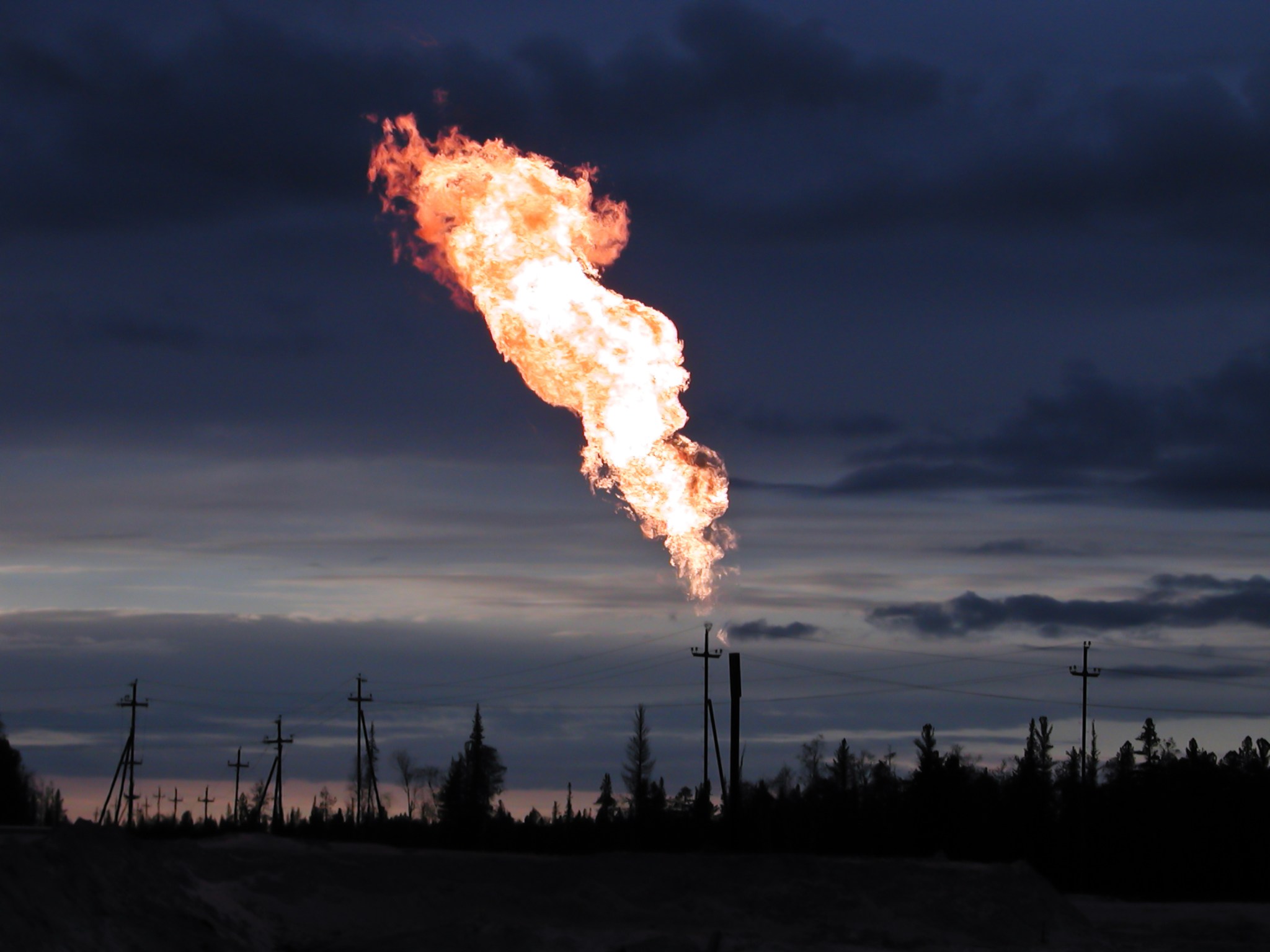6 Min Read Climate Change Research The Kibo laboratory module from the Japan Aerospace Exploration Agency (comprised of a pressurized module and exposed facility, a logistics module, a remote manipulator system and an inter-orbit communication system unit) pictured as the International Space Station orbits over the southern Pacific Ocean east of New Zealand. Credits: NASA Science in Space: April 2024 Everyone on Earth is touched by the effects of climate change, such as hotter temperatures, shifts in rain patterns, and sea level rise. Collecting climate data helps communities better plan…
Read MoreTag: EMIT (Earth Surface Mineral Dust Source Investigation)
NASA Sensor Produces First Global Maps of Surface Minerals in Arid Regions
NASA’s EMIT produced its first global maps of hematite, goethite, and kaolinite in Earth’s dry regions using data from the year ending November 2023. The mission collected billions of measurements of the three minerals and seven others that may affect climate when lofted into the air as dust storms. NASA/JPL-Caltech EMIT delivers first-of-a-kind maps of minerals in Earth’s dust-source areas, enabling scientists to model the fine particles’ role in climate change and more. NASA’s EMIT mission has created the first comprehensive maps of the world’s mineral dust-source regions, providing precise…
Read MoreNASA Helps Study One of the World’s Most Diverse Ecosystems
Researchers with the BioSCape campaign collect vegetation data from the Cape of Good Hope in South Africa. The field work, which took place in October and November, was part of an international collaboration that could help inform the capabilities of future satellite missions aimed at studying plants and animals. Adam Wilson NASA satellite and airborne tools aid an international team studying biodiversity on land and in the water around South Africa. An international team of researchers spent October and November 2023 in the field studying one of the world’s most…
Read MoreNASA Mission Excels at Spotting Greenhouse Gas Emission Sources
5 min read NASA Mission Excels at Spotting Greenhouse Gas Emission Sources Flaring, in which excess natural gas is intentionally burned into the air, is one way methane is released from oil and gas facilities. NASA’s EMIT mission, in more than a year in operation, has shown a proficiency at spotting emissions of methane and other greenhouse gases from space. Adobe Stock/Ilya Glovatskiy Since launching 16 months ago, the EMIT imaging spectrometer aboard the International Space Station has shown an ability to detect more than just surface minerals. More than…
Read More
